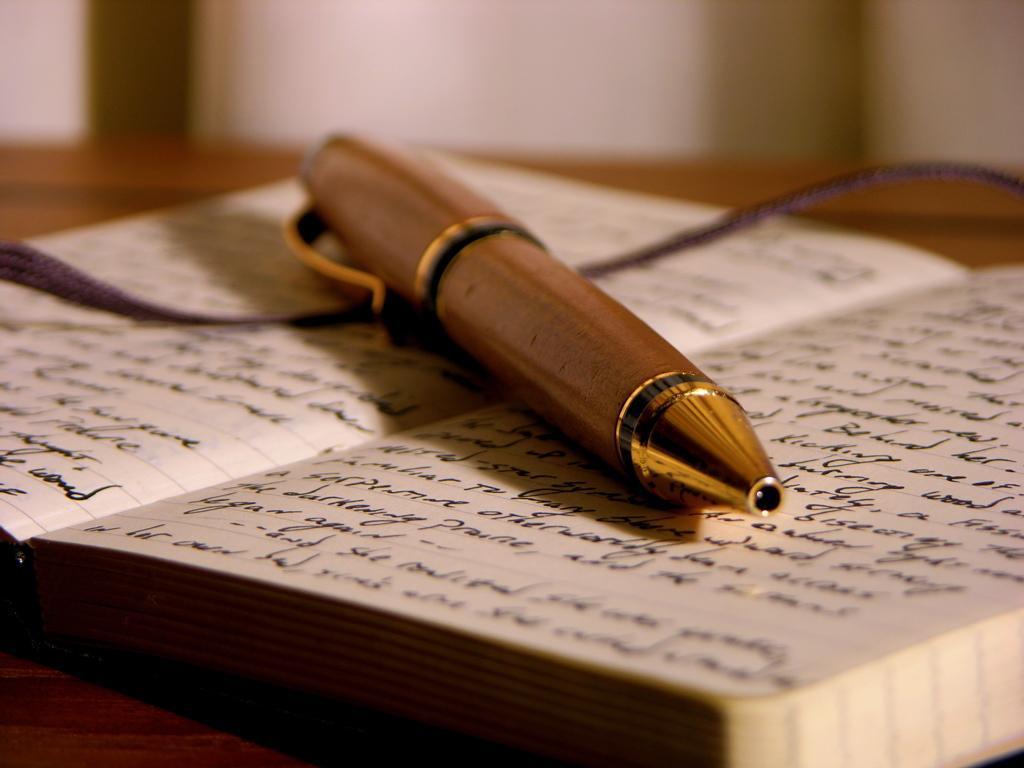 |
| Todd Akin |
With the amount of hatred directed towards this man, it is incredible he has not simply burst into flames, disintegrated or been hit by a car. Alas, the universe does not work that way, no matter how LEGITIMATE it may be.
Todd Akin, a Republican Senate nominee from Missouri, recently expressed not only a purely offensive belief and repulsive view, but utter ignorance. The politician stated that in cases of "legitimate" rape, women's reproductive organs shut down. Therefore, he believes, there is no need for abortion. Irrelevant of one's religious, political or personal stand on the issue of abortion, such ignorance towards an integral part of a women is unacceptable. Explaining himself on his belief that women do not get pregnant from rape, he said “It seems to me, from what I understand from doctors, that’s really rare."
Firstly, before the question of what sort of doctors this disturbing man has been talking to arises, I think the statement 'legitimate rape' should be deliberated. It is clear, in Akin's defence, that he is not inferring that rape is legitimate, however in his wording he has uncovered a serious topic. What makes a sexual assault worthy or unworthy of being called a legitimate rape?
In Australia, over half of all females have experienced "at least one incident of physical or sexual violence." The statistics for such crimes differ country to country, however worldwide they are far too high. Rape is, quite simply, an issue of consent - there is no legitimate or illegitimate way to 'bypass' consent. Such derogatory, and frankly sexist claims only force more shame onto those who have suffered from sexual assault. A blogger addressing both her own rape and this outrageous statement summed up the anger and hurt such a proclamation can cause: "the reason the Internet is exploding over #legitimaterape right now is because every woman knows deep in her heart this feeling of shame I am writing about."
This level of ignorance is certainly not the first or last displayed in politicians, however one would think that, in the advancements of women's rights over the past century, people would think twice before trying to blame to victim. Unfortunately, this case is just the tip of the iceberg, and there still exists a derogatory attitude towards victims of rape. This sentiment echo's that of the 'provocatively dressed women' attracting rape theory passed around Australia not too long ago. It has now surfaced in Canada, with a Muslim cleric campaigning for politicians to ban women from dressing for rape. In response to a string of sexual assaults at York University, Al-Haashim Kamena Atangana wrote this to the Torronto Sun:
I wanted to mention that the reason why these sex attacks are continuously happening is because the Canadian laws, which gives too much freedom to women, are the cause of these sex attacks. It has been revealed that every 5 seconds a woman is being sexually assaulted in North America. Women in North America are falling victims of the Democratic Freedom that you they passionly believe in. The reason why a woman gets raped is because of the way she dress. Women dress so provocatively so much that they receive too much attention for themselves and that attention at times leads to death.
It is tragic that victims of sexual assault have to endure the taunting remarks of such ignorant people, in addition to the trauma associated with an attack. While Akin has revealed to American politics, and the world, his chauvinistic and uninformed disposition, it is uplifting to see the public backlash around such a sensitive and controversial topic.
This level of ignorance is certainly not the first or last displayed in politicians, however one would think that, in the advancements of women's rights over the past century, people would think twice before trying to blame to victim. Unfortunately, this case is just the tip of the iceberg, and there still exists a derogatory attitude towards victims of rape. This sentiment echo's that of the 'provocatively dressed women' attracting rape theory passed around Australia not too long ago. It has now surfaced in Canada, with a Muslim cleric campaigning for politicians to ban women from dressing for rape. In response to a string of sexual assaults at York University, Al-Haashim Kamena Atangana wrote this to the Torronto Sun:
I wanted to mention that the reason why these sex attacks are continuously happening is because the Canadian laws, which gives too much freedom to women, are the cause of these sex attacks. It has been revealed that every 5 seconds a woman is being sexually assaulted in North America. Women in North America are falling victims of the Democratic Freedom that you they passionly believe in. The reason why a woman gets raped is because of the way she dress. Women dress so provocatively so much that they receive too much attention for themselves and that attention at times leads to death.
It is tragic that victims of sexual assault have to endure the taunting remarks of such ignorant people, in addition to the trauma associated with an attack. While Akin has revealed to American politics, and the world, his chauvinistic and uninformed disposition, it is uplifting to see the public backlash around such a sensitive and controversial topic.

























